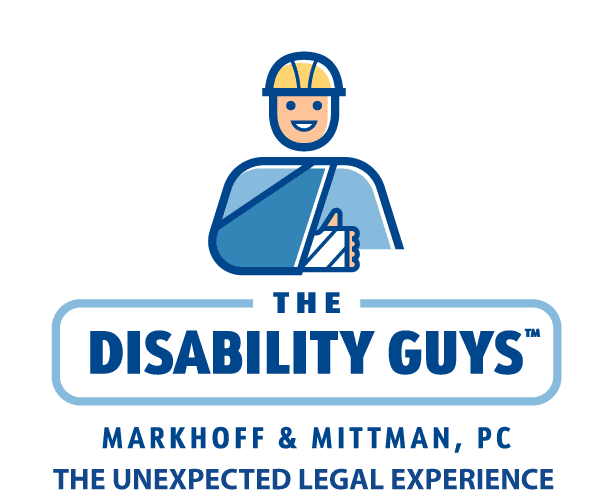Forearm tendonitis, or inflammation of the tendons in the forearms, is a work-related musculoskeletal disorder (WRMD). Not only are WRMDs painful and frustrating injuries but they caused an average of eight missed days of work in 2001, and “are associated with high costs to employers such as absenteeism, lost productivity, and increased health care, disability, and workers’ compensation costs,” reports the Centers for Disease Control and Prevention.
What is forearm tendonitis?
The tendons are the thick fibers that connect the muscles to the bone. Forearm tendonitis is the condition in which the forearm tendons have become inflamed, either because of direct impact or repetitive use. When the tendons in the forearm become inflamed, it causes considerable pain and throbbing. Other symptoms include slight swelling and weakness in the arm.
If you believe you are developing work-related tendonitis, get a medical examination straightaway. There are no specific tests for tendonitis and x-rays may not be helpful. However, your doctor will ask you questions about your symptoms and perform a physical exam of your arm.
Treatments for Tendonitis
Treatment is centered on reducing inflammation. Some of the recommendations your doctor may provide include:
- pain relievers;
- resting the area from activity;
- ice;
- an arm support;
- corticosteroid injections;
- physical therapy; and
- surgery to repair severely damaged tendons.
As with many WRMDs, prevention is far better than treatment. Ergonomics, or workplace adaptability and suitably, should be a prime concern when devising WRMD prevention plans. This may include allowing workers time to rest after repetitive tasks, or switching duties throughout the day to allow their forearms or other parts of their body to rest.
Filing a Claim for Work-Related Tendonitis
If you are developing forearm tendonitis, it’s important to notify your employer straightaway and to get a medical evaluation. When you see the doctor, make sure to explain how your job tasks caused or affected your injuries so he or she can make note of it.
If your injury is such that you are unable to perform your job or can only perform it in a limited capacity, you will likely be entitled to workers’ compensation medical and disability benefits. If this is the case, begin the paperwork for your workers’ compensation claim as soon as possible.
Unfortunately, it can sometimes be difficult to prove a WRMD on a claim. If you have any problems proving your injury or if your claim is wrongly denied, meet with a local attorney for help.
Consult a Workplace Injury Attorney
If you have questions regarding your rights or responsibilities regarding workplace injury, or if you having problems with your claim, call our workers’ compensation attorneys at Markhoff & Mittman in New York for help.
We handle all types of workers’ compensation cases – including forearm tendonitis – in New York City and the surrounding areas. Contact us today for a no-obligation, free case evaluation at 866-205-2415 or (866) 205-2415.
